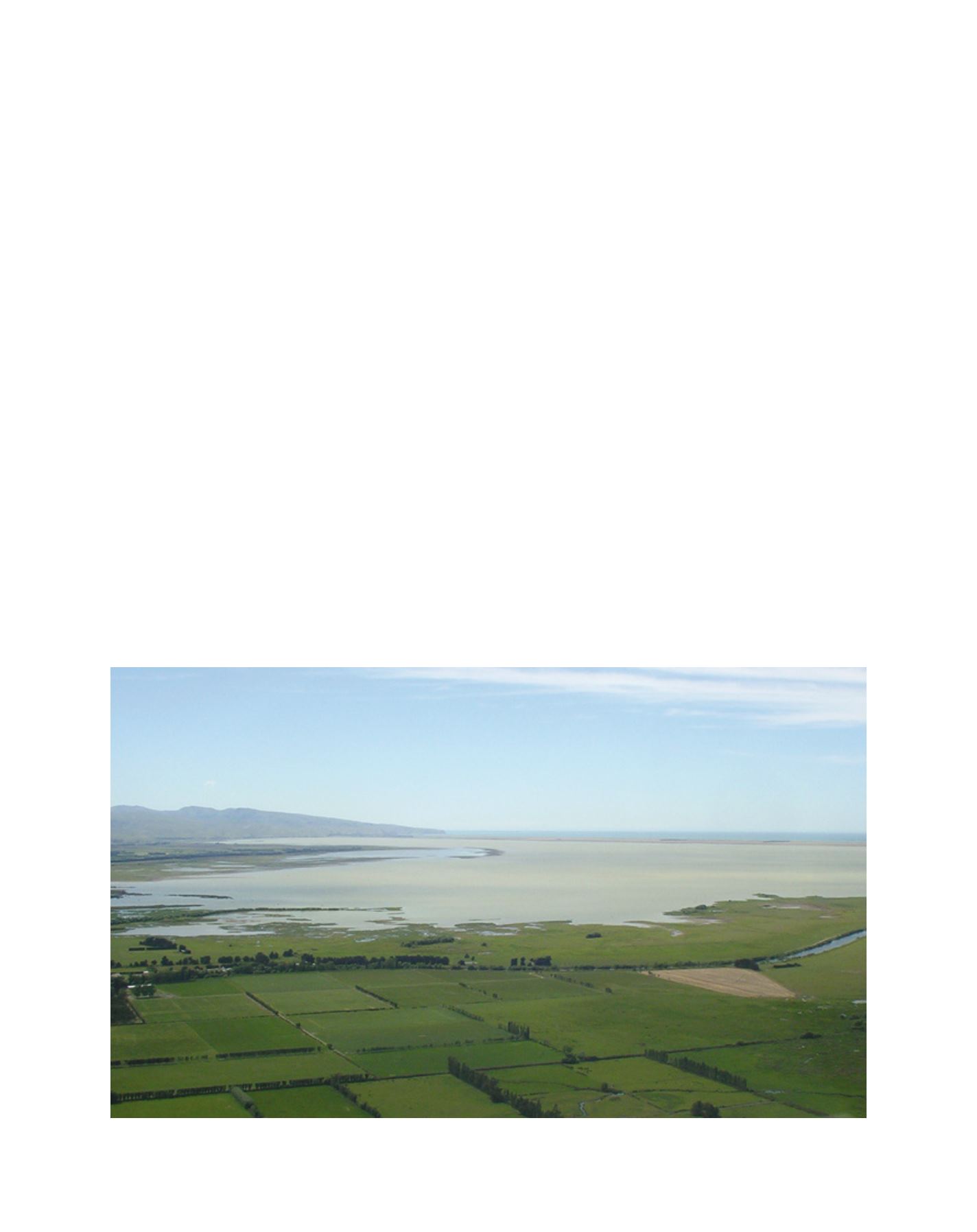

[
] 180
L
egal
F
ramework
at
the
N
ational
/I
nternational
L
evel
Several regional councils are already engaged in implementing the
National Policy Statement on Freshwater Management and the
Government is finalizing the details of its further freshwater reform
package stemming from proposals based on, and consistent with,
LWF’s recommendations.
Responses at the regional level
The Canterbury region on the east side of New Zealand’s South
Island has relatively low rainfall, but with major agricultural
investments and significant growth opportunities if more water
is available and water quality can be maintained. While LWF was
deliberating at a national level, the Canterbury Regional Council
and its associated district councils had already embarked on a
collaborative form of regional water governance and manage-
ment. This is now at a stage where it will greatly facilitate the
LWF recommendations, the requirements of the National Policy
Statement on Freshwater Management and any new government
water reforms.
Water disputes in Canterbury have been particularly acrimoni-
ous in the past, resulting in a series of major court cases largely due
to the “breakdown of trust and confidence between environmen-
tal/conservation and farming/irrigation interests in the context of
unprecedented pressure on the water resource and the lack of a
clear strategic approach to water management.”
8
To address this,
the Canterbury Regional Council (in concert with local district
councils) called for a better way forward based on “collabora-
tion and integrated management to maximize the opportunities
for the environment, economy and community of Canterbury in
the years ahead.” This was the genesis of the Canterbury Water
Management Strategy (CWMS),
9
addressing challenges such as
the pressure on river systems (especially lowland
streams) and aquifer systems, cumulative effects on
ecosystems, cultural health of waterways, water use
efficiency, climate change, water quality impairment
and infrastructure issues.
The new strategy
A paradigm shift was needed in the way water is allo-
cated and managed with the following changes:
• a shift from effects-based management of individual
consents to integrated management based on
large community and catchment-oriented water
management zones
• management of the cumulative effects of water
abstraction and land use intensification
• water allocation decisions that address sustainable
environmental limits and climate variability
• actions to protect and restore freshwater
biodiversity, amenity values and natural character.
The CWMS is underpinned by a set of guiding prin-
ciples (which have legal status under the legislation
that mandates governance of the Canterbury Regional
Council) and 10 targets.
10
Principles and targets encom-
pass cultural, economic and social aspirations as well as
environmental ones, but the requirement to manage the
water resource sustainably is a ‘first order’ principle.
Key to the implementation of the CWMS was the
establishment of 10 cooperatively managed water
management zones. Zones involve one or more major
The Canterbury Plains and Lake Ellesmere /Te Waihora. The lake’s water quality depends on cooperative management under the CWMS
Image: Canterbury Regional Council


















